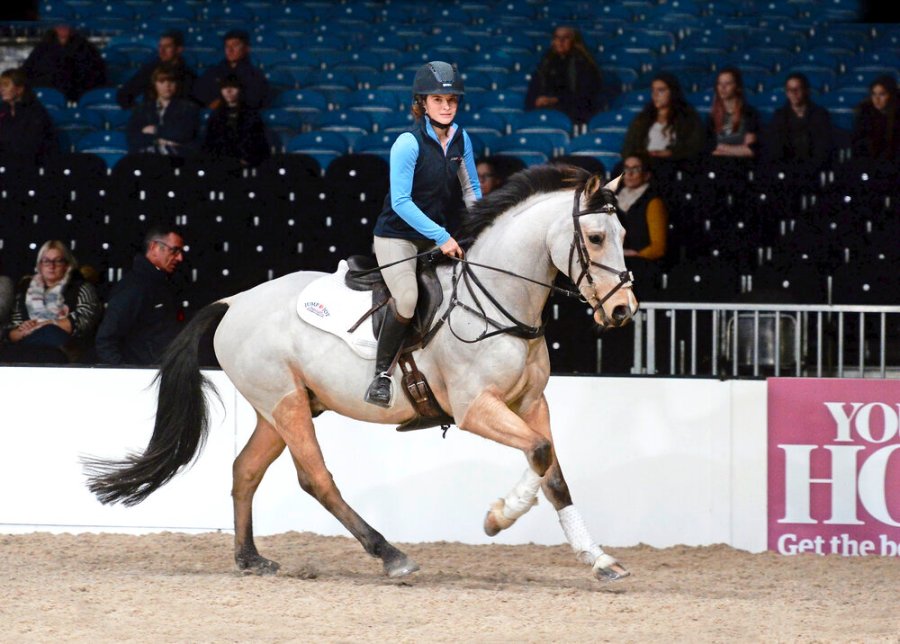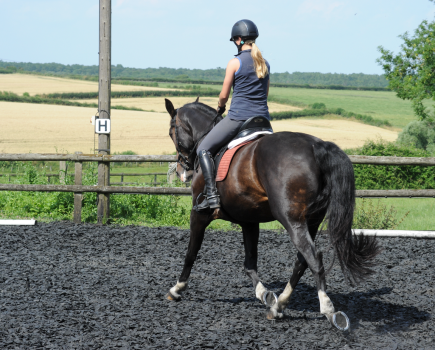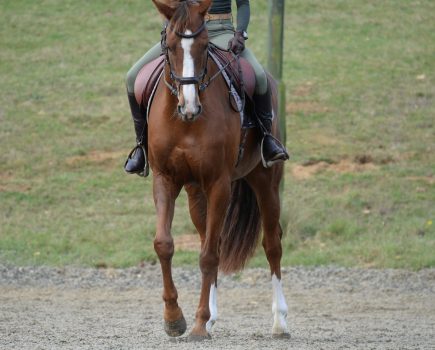Working your horse well on the flat is fundamental to improving his jump. Showjumping coach Fred Bergendorff focuses his flatwork on a number of the scales of training, which will help with your jumping.
Working on improving rhythm, suppleness and contact will all help to make jumping so much easier for both of you.
Rhythm and suppleness
The first thing to look at is whether your horse is going in a good, consistent rhythm. To help develop a better rhythm you can work your horse over poles.
“I use a lot of polework during my warm up,” explains Fred. “Working your horse over poles on the floor in trot and canter will also help to build muscle, use his entire body and improve his suppleness.”
Staying connected
Riding with a good connection is also key. Your horse has to be in front of your leg and into your hand.
“If you don’t have a steady contact, it’s like trying to talk to someone on your phone when you’ve got a bad reception – it’s hard to understand the conversation,” explains Fred. “This is the time for you and your horse if you don’t ride with a steady and consistent contact – your communication won’t be as clear.”
Adjusting the canter
To ride a course of fences successfully you need to be able to shorten and lengthen your horse’s canter.
How to ride it:
- Pick up canter, go large and establish a positive, even rhythm.
- Now, along the short side of the arena, ride in a two-point position. On the long side, sit down.
- Ride this several times, or until you can maintain your balance and your horse’s rhythm stays the same.
- Once you’ve mastered this, start to vary the pace – medium canter on the short side and back to working canter down each long side.
- Make sure there’s a clear difference between the two canters.
- Repeat on the other rein.
Checking straightness
Your horse’s straightness will influence his ability to jump. If you don’t have him straight in the canter, either his jump will be crooked or he won’t be able to get so high.
How to ride it:
- In canter, ride on the inside track.
- Once you’ve established a good rhythm – still on the inside track – repeat the exercise above.
- Riding away from the track will reveal if you can maintain your straightness.
- Channel your horse to stay on the correct line by riding him from both legs into your contact.
Don’t miss the latest issue of Your Horse Magazine, jam-packed with training and veterinary advice, horse-care tips and the latest equestrian products available on shop shelves, on sale now.









